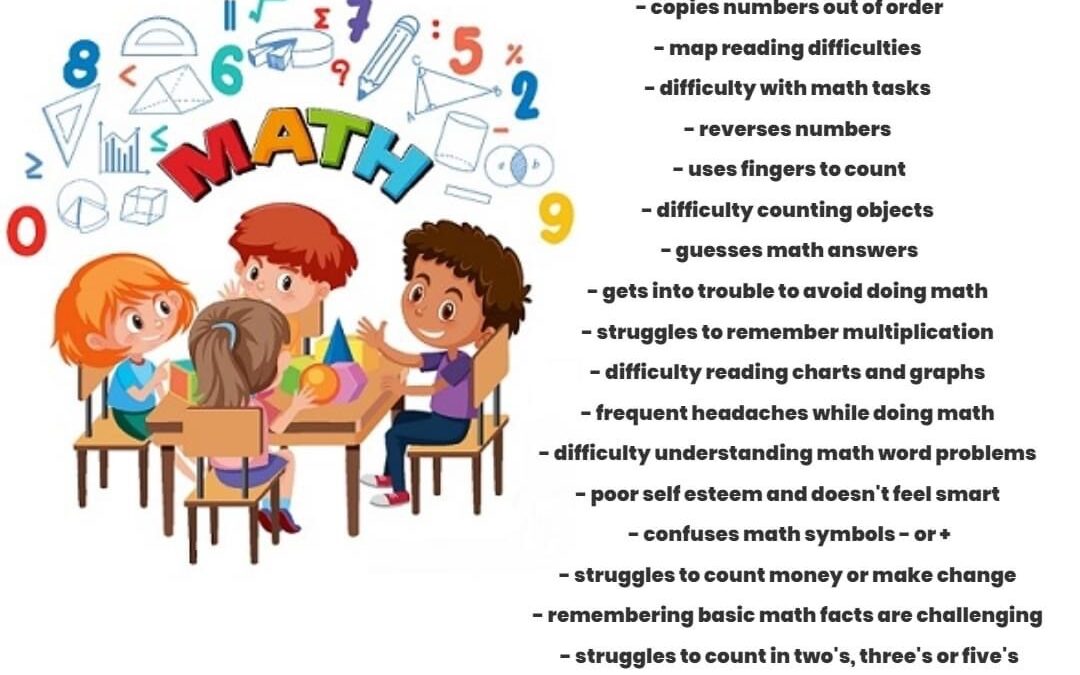Dyscalculia in Children with Autism: Understanding the Math Challenges
Dyscalculia is a specific learning disability that affects a child’s ability to understand and work with numbers. When dyscalculia coexists with autism spectrum disorder (ASD), it can present unique challenges for children and their families. This article aims to explore the relationship between dyscalculia and autism in children, highlighting the overlapping difficulties they face and potential strategies for support.
Children with both dyscalculia and autism often struggle with various aspects of math. Dyscalculia can affect a child’s ability to understand number concepts, perform calculations, and solve math problems. Similarly, individuals with autism may have difficulties with abstract thinking, executive functioning, and attention to detail, which can impact their ability to grasp mathematical concepts. These overlapping challenges can make it particularly challenging for children to develop their math skills, leading to frustration and a negative impact on their academic performance. Justin doesn’t struggle with this but his brother Jace with aspergers does. I think this was something I passed along to them.
Sensory processing difficulties also play a significant role in the math challenges faced by children with dyscalculia and autism. Many children with autism have sensory sensitivities, such as difficulties with visual perception or processing auditory information. These sensitivities can make it difficult for them to understand visual representations of numbers or follow verbal instructions related to math. Additionally, difficulties with executive functioning, which are common in both dyscalculia and autism, can further hinder their ability to plan and organize their math work.
The social and emotional impact of dyscalculia and autism should not be overlooked. Children with these co-occurring conditions may experience feelings of frustration, low self-esteem, and anxiety related to their difficulties with math. They may also face challenges in social interactions, as their peers may not fully understand or accommodate their unique math needs. It is crucial for parents, educators, and healthcare professionals to provide appropriate support and create inclusive environments that foster their overall well-being.
When supporting children with dyscalculia and autism, a multidisciplinary approach is essential. Collaboration between parents, teachers, occupational therapists, and psychologists can help develop individualized strategies to address their specific needs. Some effective interventions may include:
1. Visual supports: Providing visual aids, such as number lines, charts, or manipulatives, can help children with dyscalculia and autism better understand and visualize mathematical concepts.
2. Hands-on activities: Engaging children in hands-on activities, such as using manipulatives or playing math games, can enhance their understanding and enjoyment of math.
3. Individualized instruction: Tailoring math instruction to the child’s specific learning style

